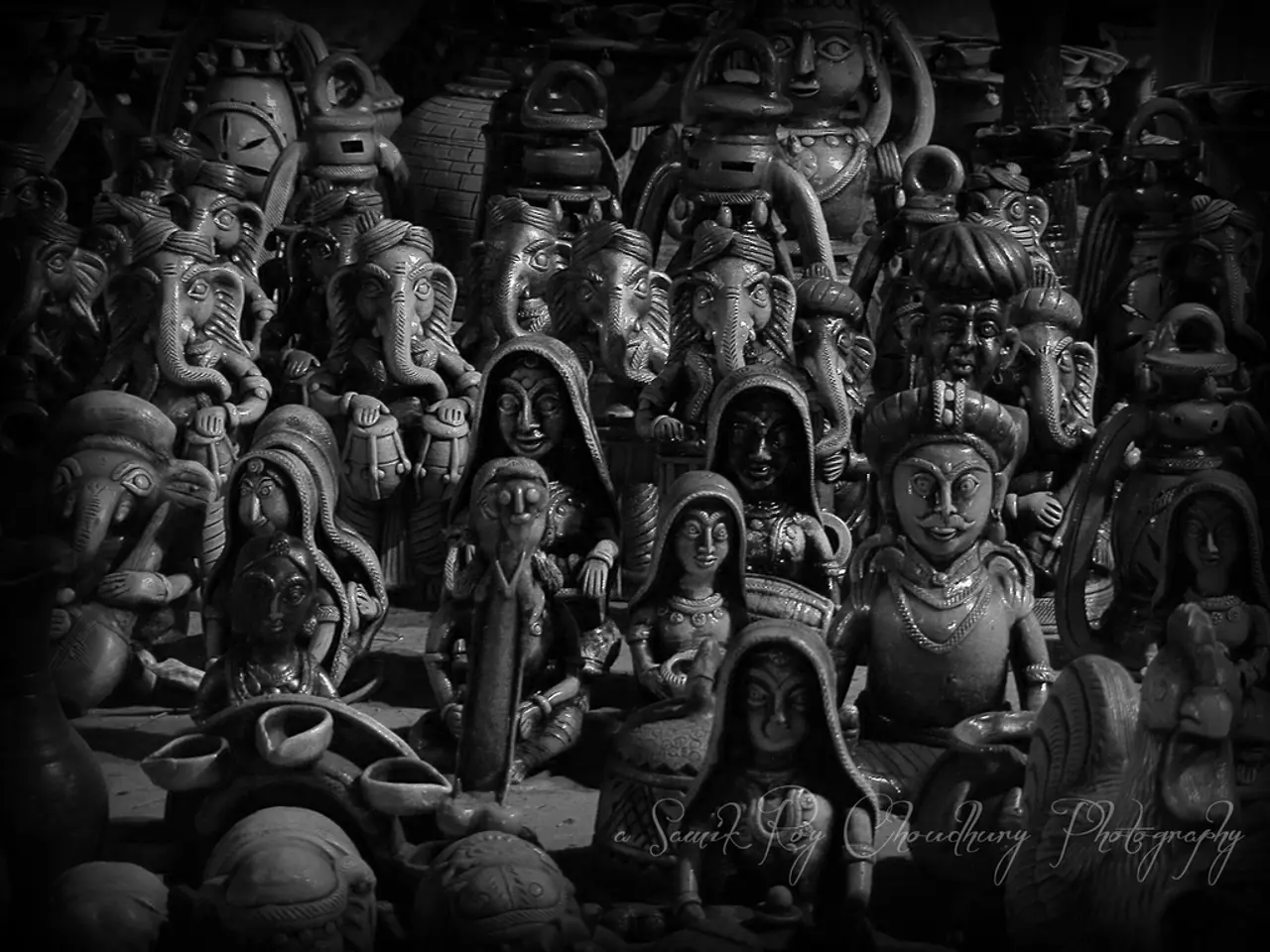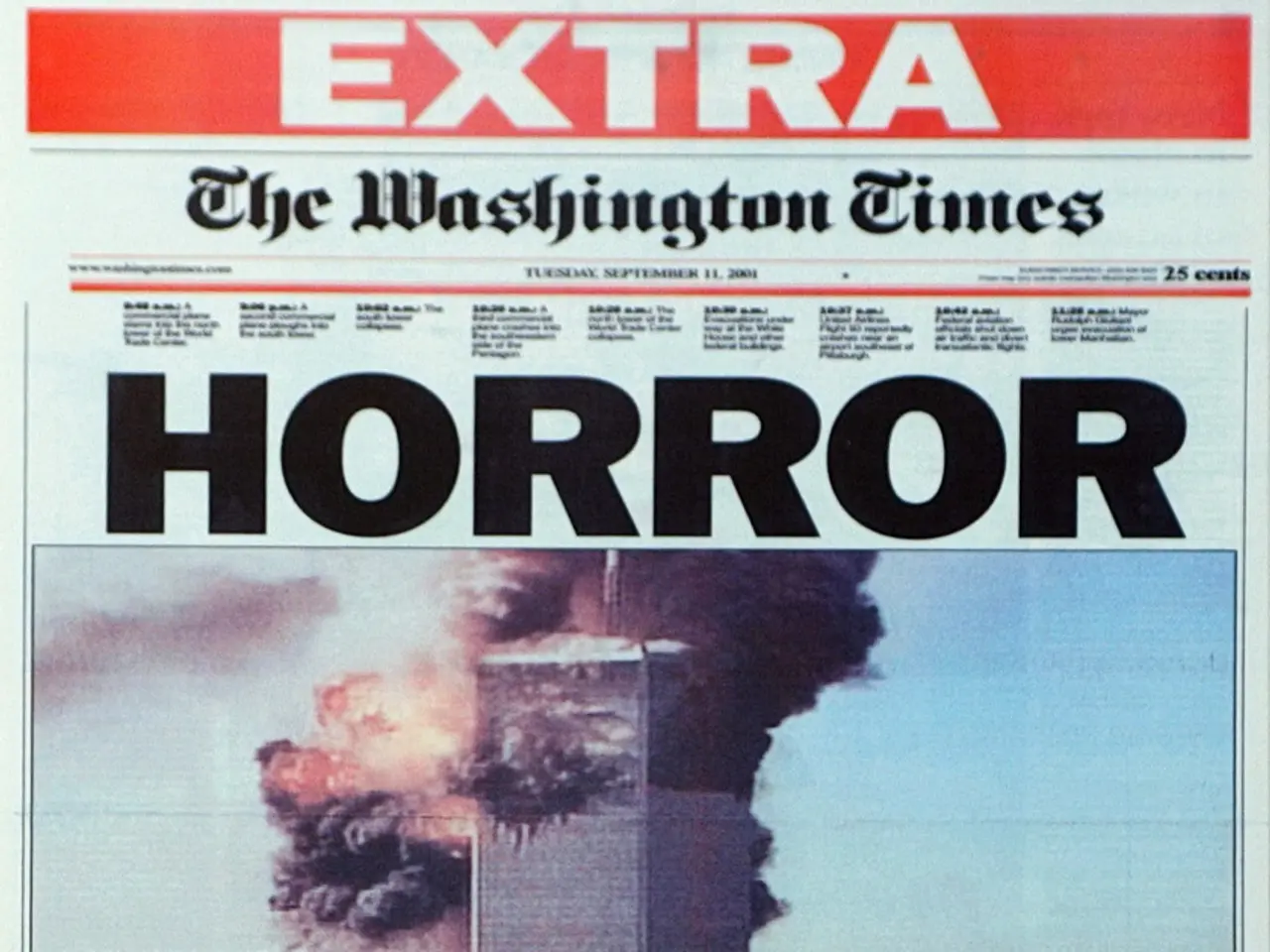Bollywood Action Movies from India Skyrocket in Popularity, Captivating the Entire Nation
In recent years, the Indian film industry has witnessed a surge in the popularity of action films, with movies made in the South and dubbed in multiple languages, known as "pan-India films," dominating the box office and captivating audiences across the country.
One such film is KGF: Chapter 1 & 2, directed by Prashanth Neel, which features Rocky Bhai, an underdog who takes on the gold mafia. With its grungy aesthetic and thumping background score, KGF became a youth favourite and a testament to the power of the "mass hero."
Similarly, films like Pushpa: The Rise, directed by Sukumar, RRR by S.S. Rajamouli, and Vikram (Tamil) have performed exceptionally well in their native regions and multiplexes in North India, often outperforming Hindi releases. These films, along with KGF, have re-emphasized the power of the "mass hero" and have become cultural phenomena, with songs like "Thaggedhe Le" from Pushpa: The Rise becoming viral sensations.
The success of these films can be attributed to several key factors. Firstly, the influence of masala films and established stars has played a significant role. Big-budget masala films like Dabangg (2010), Singham (2011), and Ek Tha Tiger (2012) combined action, drama, and entertainment, appealing to a broad audience base. Despite mixed critical reception, such films have been commercially successful, indicating a strong audience appetite for high-energy, formulaic action-entertainers.
Secondly, the style and choreography of these films have been inspired by foreign cinema. Indian action films have long drawn upon diverse international influences, notably Hong Kong martial arts cinema, which emphasizes acrobatics and stunts. This led to stylized fight sequences blending kung fu-like elements with indigenous Indian martial arts such as pehlwani, creating a distinct action aesthetic that resonated with Indian audiences and differentiated Bollywood's offerings from Hollywood.
Thirdly, iconic action heroes and narratives have played a crucial role in the success of these films. Legends like Amitabh Bachchan popularized the "angry young man" archetype through films such as Deewaar (1975) and Sholay (1975), portraying brooding, morally complex heroes confronting social injustice and personal demons. These narratives provided depth and emotional engagement beyond mere spectacle, helping Indian action cinema to gain wider cultural significance.
Fourthly, the integration of music and dance remains a defining feature of Indian cinema. Despite being action blockbusters, these films continue to incorporate song and dance sequences, ensuring they cater to diverse tastes while delivering thrills.
Lastly, audience preference over Hollywood imports has been a significant factor in the success of Indian action blockbusters. In recent years, Indian action films have outperformed many Hollywood films in the domestic market, underscoring local audiences' preference for culturally rooted yet visually spectacular cinema.
As Indian action films gain international recognition, they assert the viability and richness of Indian cinema on the world stage. These films combine culturally resonant storytelling, star power, diverse influences, and spectacular production, thereby reshaping mainstream Indian cinema into a vibrant and globally competitive industry.
Upcoming releases like Pushpa 2, Salaar, and Tiger 3 are highly anticipated, as are Bollywood films like Pathaan directed by Siddharth Anand and featuring Shah Rukh Khan and Jawan, an SRK double-role action thriller directed by Atlee. South Indian films have given rise to characters with deep-rooted charisma, swag, and mass appeal, such as Allu Arjun's Pushpa Raj, Yash's Rocky Bhai, and Ram Charan's Ram. Bollywood has responded with a new wave of action-heavy spectacles, mirroring South Indian trends in terms of stylized action, national pride, emotional stakes, and punchy dialogues.
In conclusion, the Indian action genre, once rooted in predictable formulas or confined to regional fame, has undergone a bold transformation, redefining mainstream Indian filmmaking and asserting its place on the global stage.
[1] Bhatia, K. (2022, January 14). The rise of pan-India films: A new era for Indian cinema. The Economic Times. [2] Chatterjee, A. (2022, December 12). The rise of Indian action cinema: A global phenomenon. The Hindu. [3] Singh, A. (2022, March 14). Indian action films outperform Hollywood in domestic market. The Times of India. [4] Sharma, P. (2022, July 18). The evolution of Indian action cinema: A journey from Deewaar to KGF. The Indian Express.
- The growing appeal of animation, romance, and drama movies in the Indian film industry reflects the diversification of genres, as evidenced by the success of various regional films that have penetrated the box office and expanded their appeals beyond linguistic boundaries.
- Despite the dominance of action films in the current Indian movie landscape, the charm of the "mass hero" is not limited to these genres, as can be seen in the winsome performances of characters like Allu Arjun's Pushpa Raj and Yash's Rocky Bhai, who have captivated audiences regardless of the movie's genre.
- As the pan-India film phenomenon evolves, the correlation between the success of high-energy action-entertainers and the preferences of local audiences continues to persist, with movies like Salaar, Tiger 3, Pathaan, and Jawan eagerly awaited by fans for their swag, spectacle, and punchy dialogues.
- The international recognition of Indian cinema, especially action films, fosters intriguing possibilities for collaboration and exchange, opening the doors for Indian entertainment to engage with and learn from various global counterparts, thereby enriching the diversity of narratives and storytelling techniques available to Indian filmmakers.







